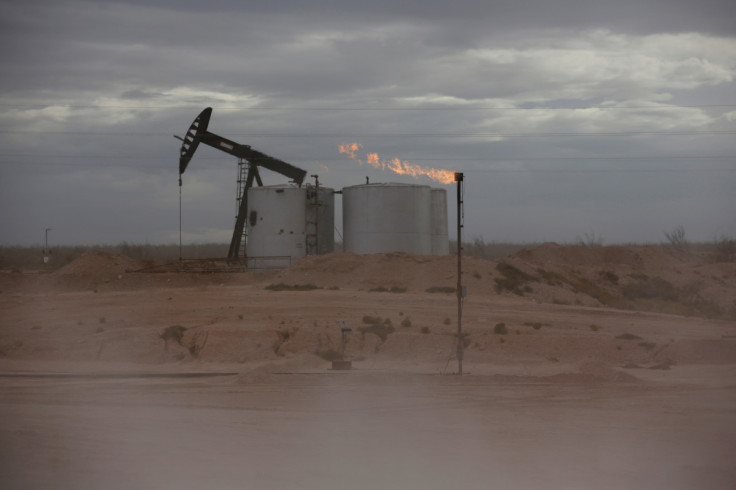Earthquake Adds New Hurdle To Slowing Texas Oil Output Gains

The latest earthquake to rattle West Texas will add costs to producers already snarled by inflation and supply shortages, as operators curtail their use of wastewater wells in the largest U.S. shale field.
Wastewater that comes up with oil and gas production is often pumped back underground and has been blamed for a rise in earthquakes in Oklahoma and Texas oilfields. Regulators in both states have limited how much water can be injected, particularly into deep wells.
Last week, Texas expanded limits on an injection area that will reduce volumes to 162,000 barrels per day by mid 2023, 68% less water from early 2022 levels. If another magnitude 4.5 or higher quake occurs in that area, all deep wells within the boundary will shut for 24 months from the date of the event.
The new injection limits encompass 10 deep wastewater wells operated by Chevron Corp, which are permitted to handle some 745,000 barrels of water per day, and nine deep wells operated by Coterra Energy, which can handle 615,000 barrels of water per day.
"Since early 2022, Coterra has decreased its deep disposal volumes in the Delaware Basin by over 50% and expects to have little to no disposal into the deep zone by mid-year 2023, therefore we do not see an impact on production," a spokesperson said.
Chervon did not immediately respond to a request for comment.
A mid-November, magnitude 5.4 earthquake hit an area where operators already were required to reduce disposal volumes.
There are now 78 active disposal wells in that "North Culberson-Reeves Seismic Response Area." The revised plan affects 19 new deep wells that together were handling some 400,000 barrels of water per day, according to data from researcher B3 Insight.
There is a "very real possibility" of another large quake occurring, said Laura Capper, chief executive of CAP Resources, a water management and risk mitigation consultancy.
"Absolute shut-in of deep wells in the area would cause a significant logistics issue to maintain oil and gas production in highly productive fields in New Mexico and West Texas," she said.
Shale executives this year warned that output growth could continue to slow. Production in the Permian is forecast to rise by 37,300 bpd next month, to 5.58 million bpd, the slower than gains seen in recent months.
© Copyright Thomson Reuters 2025. All rights reserved.



















